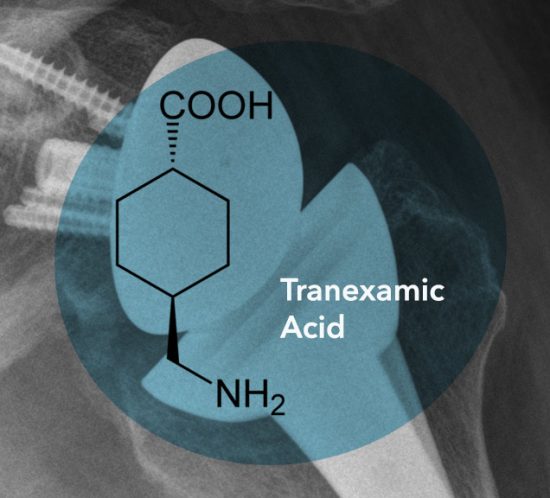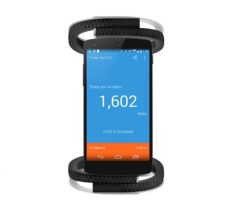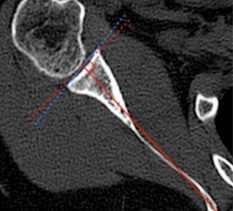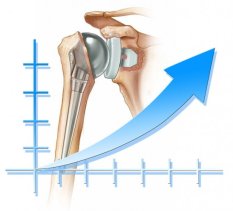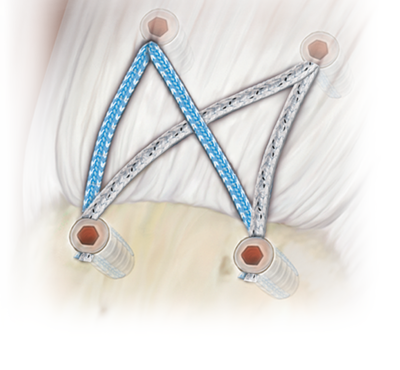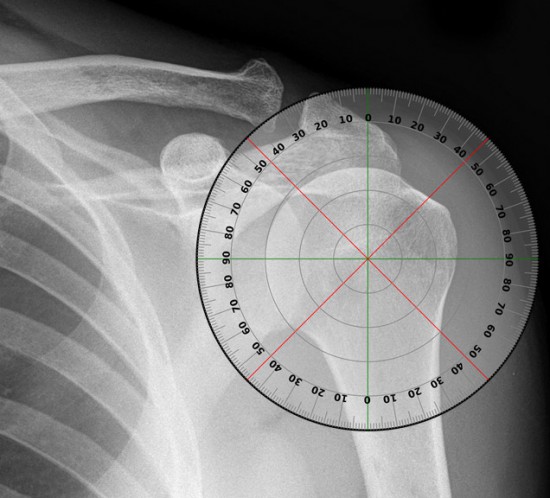
WHAT – Types of Research?
The main objective of orthopaedic research is to improve lives...TYPES OF RESEARCH?
The main objective of orthopaedic research is to improve lives.
This can be achieved by building on existing knowledge or finding better ways to do things. Better ways to operate, to rehabilitate or both through better methods and materials.
SSRI focuses its expertise on one region of the body, the shoulder and elbow.
This gives us a clearly defined role in orthopaedic research. But what types of research do we undertake? The answer is several. And the difference between them lies fundamentally in what the research will be used for. We often begin by asking ourselves, will this research help us understand a real world problem and solve it? Or extend existing knowledge?
Research undertaken at SSRI falls under one of the following categories:
CLINICAL RESEARCH
Clinical research is also known as applied research. This type of research is used to answer a specific question that has direct applications to the world. This is the type of research that solves a problem.
BIOCHEMICAL RESEARCH
This sub-field of orthopaedic research involves the application of engineering principles to examination of the mechanical behaviour of the human musculoskeletal system. Topics of interest include mechanical testing of orthopaedic tissues and structures, medical implant design and testing, kinesiology (the study of human motion), and tissue engineering.
BASIC SCIENCE RESEARCH
This kind of research is quite often driven by the simple desire to expand knowledge on a particular topic. In other words, curiosity is key. Such research tends not to be applicable to the real world in a direct way, but instead enhances our understanding of the world. That being said, we shouldn’t underestimate the value basic research has. Without it, many of the greatest scientific discoveries could never be made.
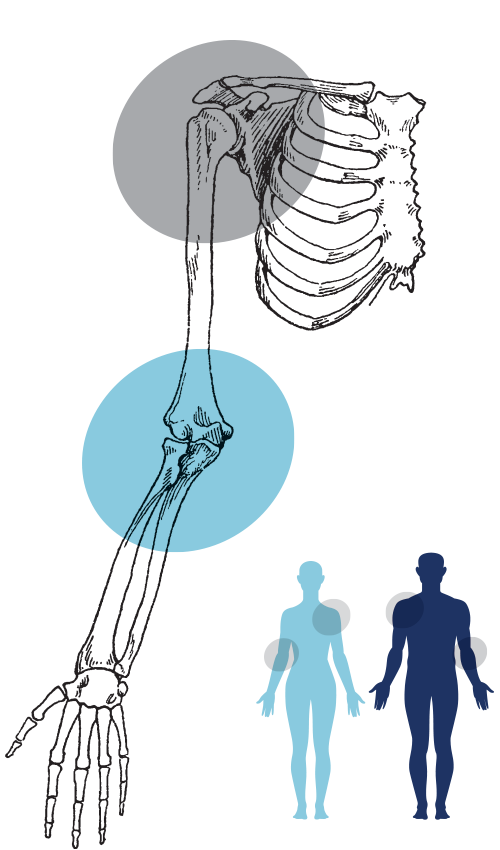
RESEARCH
AREAS OF INTEREST
Because hundreds of topics come under the umbrella of shoulder and elbow orthopaedic research, SSRI tends to focus on the following key areas:
- Shoulder Replacement
- Trauma
- Instability
- The Rotator Cuff
- Elbow Replacement
TYPES OF SUBJECTS
Artificial bones
One reason artificial bones are used is that the use of human subjects may not be appropriate for what is planned. For example, artificial clavicles could be used to test a theory regarding whether adding surgical cement would strengthen a repair compared with simply using screws. No ethics committee would ever allow orthopaedic surgeons to operate on people then test the strength and integrity of their repairs by applying force to their patient’s clavicles sufficient enough to break them. Simulation of fractures using a machine to apply a controlled amount of force and substitution of real clavicles with artificial ones is clearly the appropriate choice.
Cadavers
Human corpses (cadavers) are routinely used to test device implantation, instrument performance, and efficacy of surgical procedures. Cadaver studies also allow surgeons to provide invaluable feedback to engineers on how to improve implant and instrument design and how to refine surgical techniques and methods.


